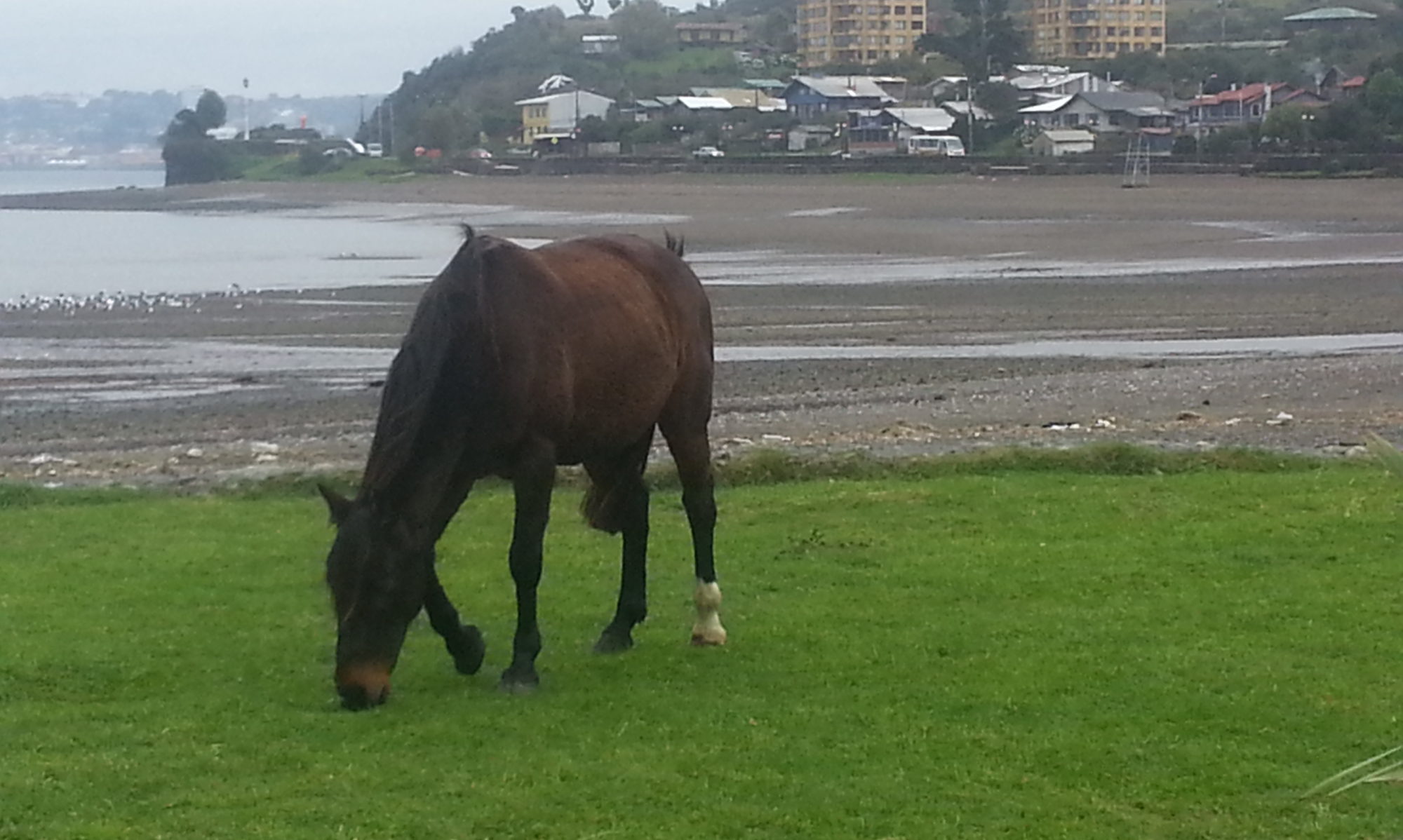
An Almanac of Farming – A Series
This is a continuation of a series of notes to myself on farming that I would like to share with those who are interesting in the subject.
- When placing bale rings back onto a bale, make sure a calf is not caught on the back side of the ring.
- When dumping bales into a ring with a partially eaten bale, make sure young calves are not hiding in the hay.
- Moldy bales or ones full of foxtail grass are hard on cattle, especially calves. If you have to feed one, push it around so that the mold will fly out before the cows get into it too much.

- Occasionally, cattle will experience a prolapsed rectum or uterus due to a variety of causes. The ailment needs swift attention or the animal will die either of blood loss or infection. The animal should be treated in a chute to contain their movement. Movement should happen sooner than later or they may become too lethargic. Treatment consists of a freezing shot in the tail head to prevent further pushing, then thorough washing of the exposed tissue. Once the freezing has taken effect, attempt to re-invert the rectum/uterus within the animal. This is apparent once it occurs. Then the anus needs sewing with very heavy stitching around the outside circumference, then tied off. The opening needs to be sufficient for excrement to pass but hopefully small enough to keep the tissue within the animal. Of course, the animal needs treating with a good dose of antibiotics and monitored until the stitching can be removed. Hopefully, the tissue remains inside the animal. One note, even though it may be severely cold outside, your hand and arm will stay warm enough when it is up inside the animal’s ass.
- If a cattle beast is moving slow and not up with the rest of the herd, there’ is something wrong with it. The drooping of their ears is a dead give-away. Take a look at their demeanor, look how they move, compare their girth to the others to see if they’ are losing weight. They could be huffing or short of breath. Further along into the sickness, snot and blood will be in their nostrils. Antibiotics can be a life saver and will turn the animal around if you get them onboard quick enough. If the animal has been suspected of ingesting metal that is irritating their internal organs, a magnet can be given orally. The magnet will hopefully attract the piece of metal and keep it from damaging the animal further. When working with the animal, they will easily drop due to exhaustion. You might have to give them a minute or two to rest or you might have to motivate them to get moving again. Also, as they are probably disoriented and out of sorts, they will not react normally. An animal can turn on you and could take a run at you for no reason, so it is best to be on your guard.
- If a cow is starting to act weird and aggressive when nearing calving season, they are probably starting to calve. It will be a premature birth and will end up with a ‘slipped calf. There are any number of reasons for aborted fetuses such as carrying twins, sustaining an injury, or there was something wrong with calf. There is not much you can do with the situation but determine which cow it was and probably just sell her as a cull cow.
- Never trust that an animal that has been snared is actually dead unless it is really obvious. They could be playing possum and a little poke with a stick could save you from being nipped by a coyote.
- When the weather gets particularly cold, make sure to keep up on the bedding for your bulls. Their testicles can freeze and result in infertility.
- One extra sign of a calving cow, look for a telltale kink in their tail.
- Cattle can get fooled into thinking they are going to give birth. If the calf is moving around a lot or if the animal is having strong false labour pains, they may exhibit the signs of calving.
Blair is a personification of a ‘Jack of All Trades and Master of None’. He has held several careers and has all the T-shirts. Time to add the title Blogger to the list.



